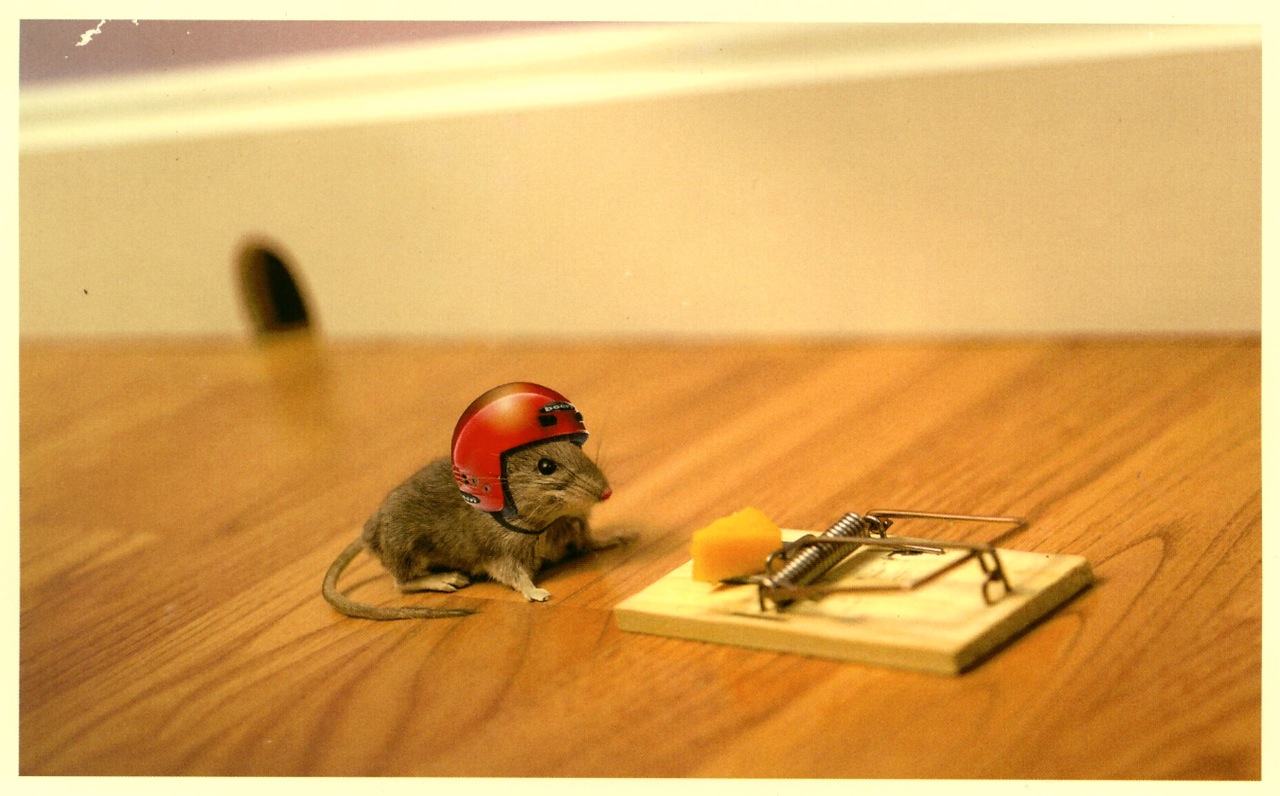Other Parts Discussed in Thread: SN65HVS882
Respected sir, dear friends,
I am using External peripheral interface of tm4c1294ncpdt to interface 74LVTH245 transceiver IC to micro controller. I am using framing signal of EPI as a chip select for 74LVTH245. But framing signal goes high while reading or writing and chip select of 74LVTH245 is active low. So can i make framing signal of EPI active low??. If that is not possible what is another provision??
thank you


